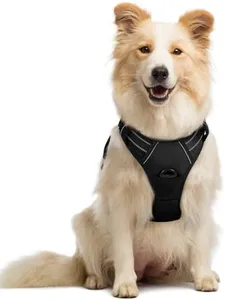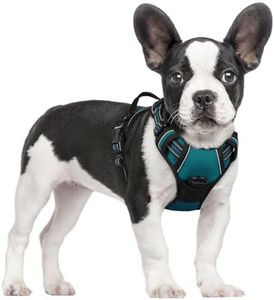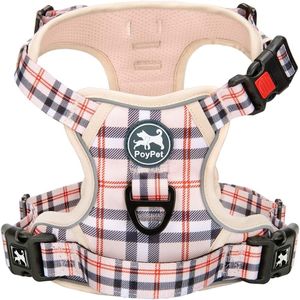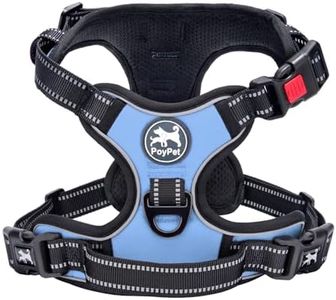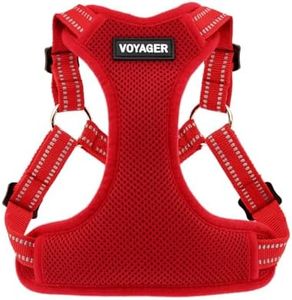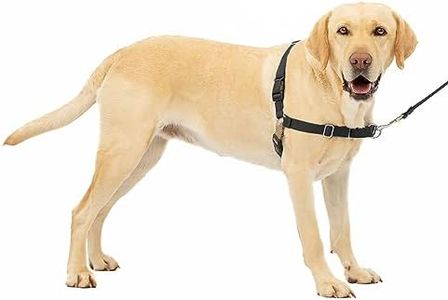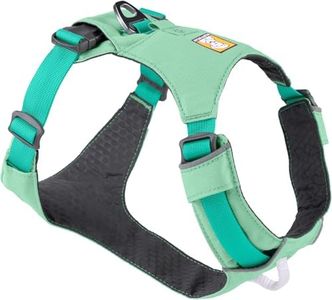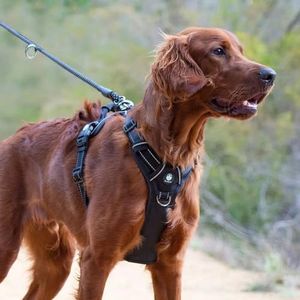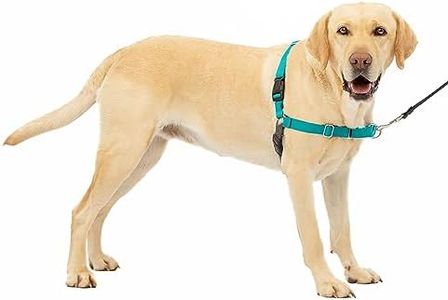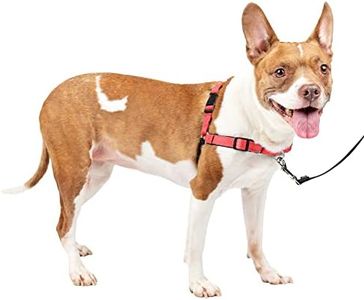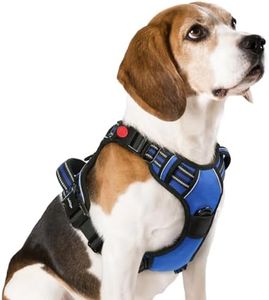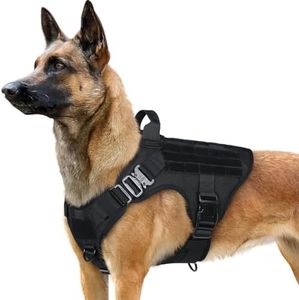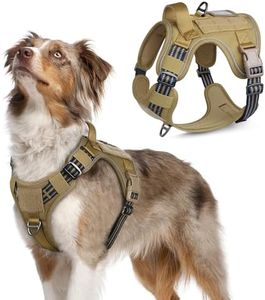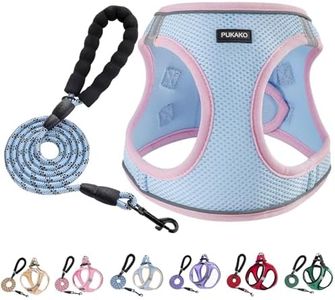We Use CookiesWe use cookies to enhance the security, performance,
functionality and for analytical and promotional activities. By continuing to browse this site you
are agreeing to our privacy policy
10 Best Dachshund Harness
From leading brands and best sellers available on the web.Buying Guide for the Best Dachshund Harness
Selecting the right harness for your dachshund is important for both comfort and safety. Dachshunds have a unique body shape—long backs and short legs—which means they’re more prone to back issues. A good harness helps distribute pressure evenly, making walks safer and more enjoyable. Choosing the right harness depends on understanding your dog’s behavior, size, and walking habits.Fit and SizeFit and size are crucial because an ill-fitting harness can cause discomfort or even injury, especially to a dachshund’s delicate back and chest. Harnesses come in different sizes, often based on chest girth (the measurement around the widest part of your dog’s chest). Generally, sizes might be labeled as extra-small, small, medium, etc., but always check the actual measurements. To select the right one, accurately measure your dachshund’s chest and neck and choose a harness with adjustable straps for a snug fit. Your dog's harness should be secure but not restrictive—look for enough space to fit two fingers between the harness and your dog's body.
Support and DesignSupport and design refer to how the harness distributes force and where it places pressure on your dog’s body. For dachshunds, a harness with a wider chest plate, or extra padding, can help distribute force across the chest instead of the neck, which is better for their backs. Some harnesses offer added support around the spine or have specific features to help lift your dog safely if needed. When deciding, consider if your dog pulls or has back issues—if so, opt for a harness with more supportive or orthopedic design elements.
Material and ComfortMaterial and comfort are about ensuring your dog’s harness feels good to wear, especially over long walks or outings. Common materials include nylon, mesh, and padded fabrics. Breathable, soft materials prevent chafing and irritation, while sturdy buckles ensure durability. If your dachshund has sensitive skin or will wear the harness for extended periods, choose one with soft padding and non-abrasive fabrics. Lightweight, breathable materials work well for warm weather, while thicker materials offer extra comfort in colder climates.
Ease of UseEase of use concerns how simple the harness is to put on and take off your dachshund, which matters for both you and your pet. Some harnesses have step-in designs or quick-release buckles making them simpler for wiggly or impatient dogs. Others go over the head or have multiple adjustment points. If your dachshund tends to squirm or gets anxious, pick a harness with a straightforward design and fastenings that let you secure it quickly and comfortably.
Leash Attachment PointThe leash attachment point is where the leash connects to the harness, and it affects control and your dog’s walking behavior. The most common options are front-clip (on the chest) and back-clip (on the back). Front-clip harnesses can help reduce pulling by redirecting the dog’s movement, while back-clip types are good for relaxed walkers and casual strolls. Choose the attachment that best matches your dachshund’s walking style and your personal preference for control.
